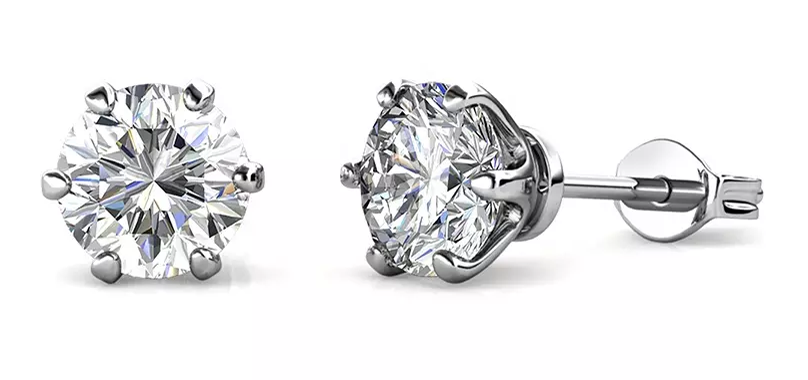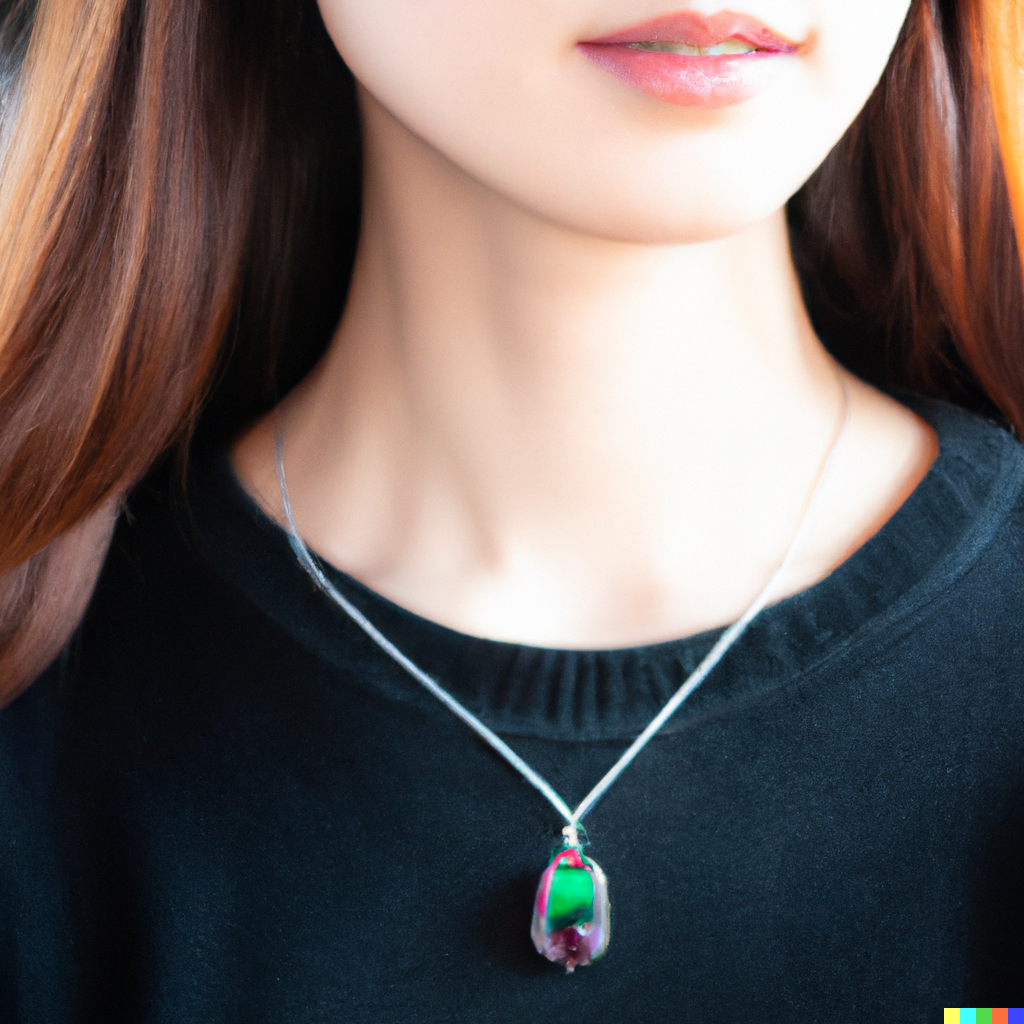Burmese Ruby: Gemstone and Jewelry
Burma, now officially known as Myanmar, is a country located in South East Asia. It is renowned for its natural beauty and resources such as jade, rubies, and sapphires that are highly valued around the world. Among all these precious gemstones, Burmese ruby is by far the most famous and expensive. Burmese rubies have been mined from the Mogok region since ancient times and are highly sought after for their deep red color and exquisite quality. The Burmese ruby is a captivating gemstone with a rich history that tells the tale of a nation’s power, wealth, and culture. Thus, this article will delve into the history, mining, characteristics, grades, and market value of the Burmese ruby.

History:
The history of Burmese rubies dates back to more than 2000 years when they were first mined in the Mogok region of Burma. Burmese rubies were highly prized by the Burmese aristocracy and were used as offerings to Buddhist temples and pagodas. It was believed that the Burmese ruby had protective powers against evil spirits and could bring good fortune and prosperity to the wearer.
The Burmese ruby was also associated with royalty, and the Burmese kings often gave these precious stones as gifts to their wives and families. In the 19th and 20th centuries, Burmese rubies became popular among the European royalty and aristocracy as well. Queen Victoria of England wore a Burmese ruby tiara, and the legendary French jewel designer, Cartier, used Burmese rubies in its most iconic pieces such as the ‘The Tutti Frutti’ necklace.
The demand for Burmese rubies further increased in the 20th century when Hollywood celebrities started wearing them at red-carpet events. The famous Burmese ruby that Elizabeth Taylor received from her husband Richard Burton set a new record price per carat at Christie's auction.

Mining:
The Mogok region of Burma is the most significant source of Burmese rubies. The region is located approximately 200 km north of Mandalay, and the mines are situated in the valley between the Mogok Mountains. The Mogok valley is geographically unique with its highland tropical climate that is ideal for the growth of corundum crystals, which is where the ruby mineral is found.
The mining of Burmese rubies is a challenging process as it is done primarily through hand labor. Rubies are found in veins, pockets, or nodules in the ground. The miners use hand tools such as hammers, chisels, and picks to extract the ruby-bearing rocks or soil. Since the mining process is labor-intensive, the miners have to work in precarious conditions due to limited access to electricity and modern equipment.

Characteristics:
The Burmese ruby is a type of corundum mineral, with its unique color being due to the presence of chromium in the crystal structure. The characteristic deep red color of the Burmese ruby is due to the high amount of chromium found in the Mogok mines, and this type of ruby is known as ‘pigeon-blood red.’ The color of the Burmese ruby is highly prized for its intense redness, saturation, and brilliance.
According to gemologists, the ideal color of a Burmese ruby should represent a ‘traffic light red’ with an even color distribution. The Burmese ruby's color often fluoresces under sunlight and produces a strong red glow, which is another unique characteristic. Apart from color, clarity and transparency are also essential characteristics of the Burmese ruby.
Burmese rubies are known for their exceptional clarity and transparency, which means that the ruby has no visible inclusions or blemishes when inspected under a microscope. The gemological term for a flawless ruby is ‘eye-clean.’ The Burmese ruby's transparency is due to the absence of internal or external fractures, which would otherwise affect the quality and price of the ruby.

Grades:
The quality of Burmese rubies is assessed by the 4 Cs- color, clarity, carat weight, and cut. Of these four, color is the most significant factor that determines the ruby's value, followed by clarity, carat, and cut. The Gemological Institute of America (GIA) Certification system grades Burmese rubies based on their color, with the top category being ‘pigeon blood red’ and the lower end being ‘purplish red’ or ‘pinkish red.’
Other factors that determine the value of the Burmese ruby are saturation, brightness, and tone. The clarity of the ruby is graded using the GIA clarity scale. Eye-clean Burmese rubies with no visible inclusions or blemishes are given a higher grade than those with visible inclusions. Carat weight refers to the size and weight of the Burmese ruby. Larger rubies are rarer than smaller ones and are therefore more valuable.
The price of the Burmese ruby increases exponentially with the size of the stone. The cut of a Burmese ruby refers to its shape, symmetry, and proportions. The most common cuts for Burmese rubies are oval, round, cushion, and pear. A well-cut ruby enhances its color and brilliance and is more valuable.

Market Value:
Burmese rubies are among the most expensive gemstones in the world, with their value determined by their rarity, quality, and demand. The price of a Burmese ruby can be as high as $1 million per carat, but most Burmese rubies sell for $1000-$2000 per carat. The price is determined by the color, clarity, and size of the ruby, as well as the presence of certification from recognized gemological institutions.
Certification from recognized institutions such as GIA, the American Gem Society (AGS), and the International Gemological Institute (IGI) reassures buyers of the stone's authenticity, quality, and value. The demand for Burmese rubies has remained high, especially in Asia, where they are used in high-end jewelry and spiritual offerings.

Burmese ruby is a brilliant and rare gemstone that has been sought after for centuries for its vibrant red color and flawless clarity. The mining of Burmese rubies is a labor-intensive process that utilizes traditional methods. The characteristics and grading of Burmese rubies distinguish them from other rubies mined around the world. Factors such as color, clarity, carat weight, and cut determine the price of Burmese rubies, with the highest quality rubies selling for millions of dollars. The demand for these precious stones remains high, with Asia being a significant market for ruby jewelry and spiritual offerings. The Burmese ruby's enduring mystique and aura of prosperity have made it one of the world's most coveted and valuable gemstones.






















Leave a comment